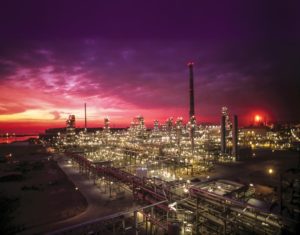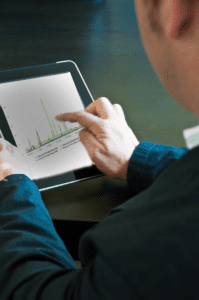Building efficiency is widely acknowledged as being essential to the decarbonization effort. According to the International Energy Agency (IEA), the clean electrification of building use and more efficient building stock is estimated to contribute to 80% of the effort to achieve net-zero emissions in the sector.
Current building stock accounts for 20% of global greenhouse gas emissions (around 30% if accounting for the construction phase), and this figure is expected to only increase as the building stock will nearly double by 2050.
 However, efforts to accelerate building renovations have seen little success on a global level. This is due to a number of obstacles including a lack of data and monitoring over what is considered to be a fragmented sector, as well as a lack of performance standards leading to the misallocation of funds. The steep costs of building renovations have also discouraged funding from public authorities and the private sector alike.
However, efforts to accelerate building renovations have seen little success on a global level. This is due to a number of obstacles including a lack of data and monitoring over what is considered to be a fragmented sector, as well as a lack of performance standards leading to the misallocation of funds. The steep costs of building renovations have also discouraged funding from public authorities and the private sector alike.
Furthermore, rebound effects on demand are a key limiting factor to traditional energy efficiency programs. Demand increases as a building becomes more efficient and the cost of energy is lowered.
Through considering these issues, it becomes clear that a new approach to improving building efficiency is needed.
Modern solutions for cracking building efficiency
To date, little data has been made available regarding digital solutions. Existing studies are often based on special use cases in special conditions with limited global applicability. In response to the deficit of up-to-date data, our latest modeling analysis of 6 building archetypes in 19 regions performed over 1,3000 simulations to provide much needed quantified evidence of the potential of digital solutions.
Our findings support the deployment of digital solutions to improve building efficiency.
- Digital solutions have a high carbon abatement potential of 20-30%.
- Digital solutions enjoy competitive paybacks below 8 years on average and cost savings up to 40% for consumers (depending on the use case).
- Europe stands to benefit the most from implementing digital solutions due to their higher energy costs. Nevertheless, all regions and building stock show significant potential and attractiveness.
- Digital solutions are generally underestimated. The International Energy Agency estimates a potential of 0.35GtCO2/y abatement for digital solutions by 2050 based solely on direct emissions. However, our analysis accounts for carbon abatement from electricity generation which brings the estimate to a potential of around 1GtCO2/y.
Digital is inevitable
Currently, two trends are in circulation that suggest the penetration of digital solutions is inevitable.
- The digitalization of living environment is already occurring where most new household appliances are increasingly connected and the deployment of digital controls in commercial real-estate is common practice.
- The ever-increasing deployment of distributed generation, mobility charging infrastructure, and stationary storage act as key drivers for the further penetration of digital technologies in existing and future building stock.
In fact, these trends imply that the value of digital solutions and their competitive paybacks in terms of building efficiency are likely higher than predicted in our analyses.
Given that digital penetration is inevitable, the question we should really be asking is: how can we create the right framework to accelerate the implementation of digital solutions in buildings?
Policies to accelerate building efficiency solutions
Digital solutions offer a clear path forward to remain on course to a 1.5-degree global warming trajectory. If anything, we need to rapidly accelerate the deployment of digital solutions by 2030 in order to reap the benefits and prepare the groundwork for additional decarbonization activities.
Policy action will need to focus on 2 main activities to assist rapid deployment:
- Mandates have to establish clear milestones and objectives to lead the adoption of digital solutions and the decarbonization of building stock.
- Metrics, certification and standards need to develop indicators of building performance including digital efficiency solutions both at regional and at global levels.
It is imperative we limit global warming to 1.5-degrees by making use of the existing digital technologies that can take us there.
The full results and details of the Schneider ElectricTM Sustainability Research Institute modeling analysis can be found here.



